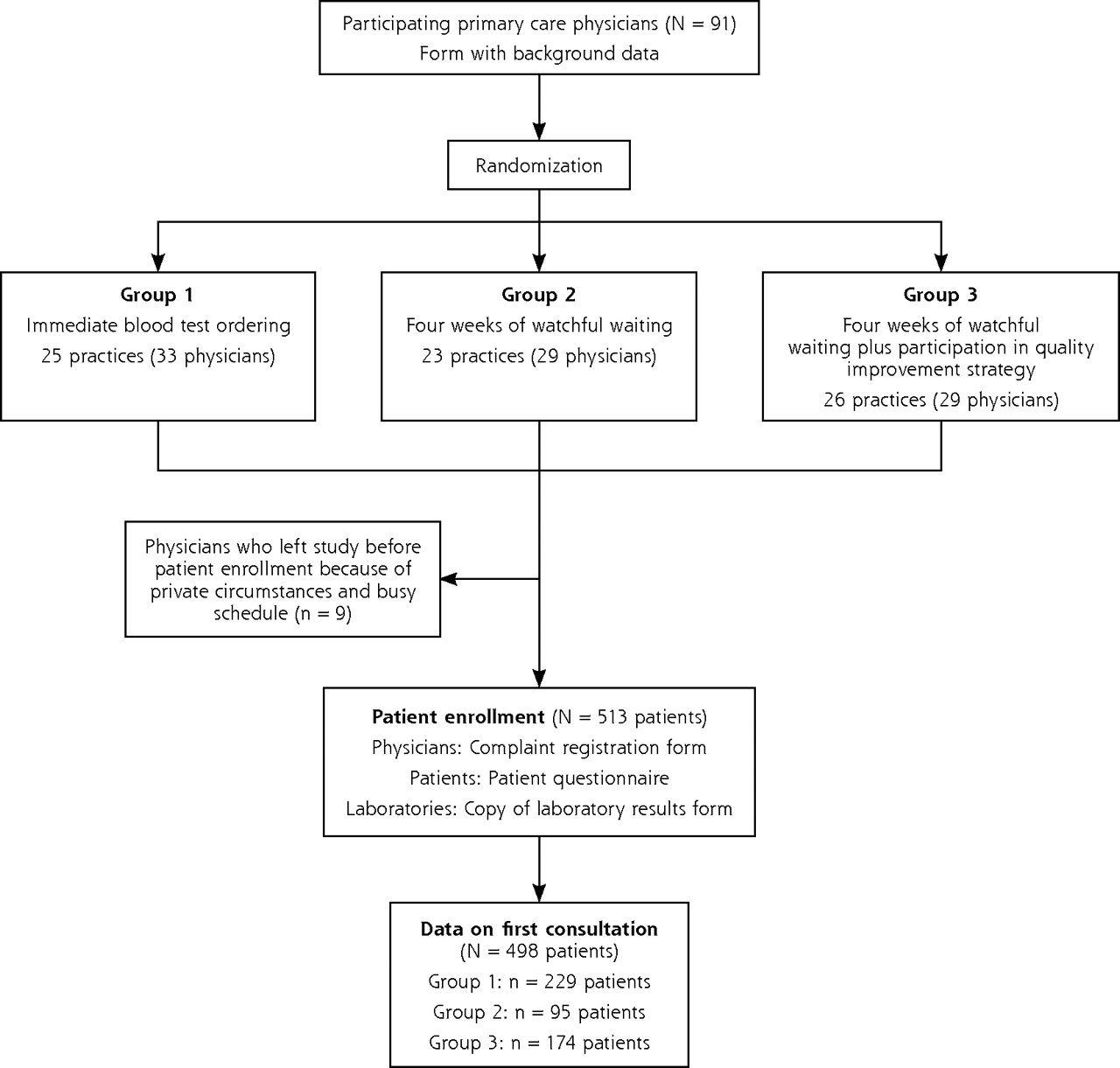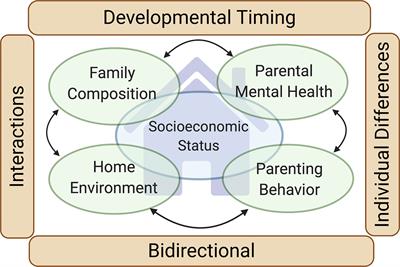


Some of these dynamics can be traced back to the 1990s, but certain features have broadened and deepened in recent years. They combine widely accepted forms of public diplomacy with more covert, corrupt, and coercive activities that undermine democratic norms, reduce national sovereignty, weaken the financial sustainability of independent media, and violate the laws of some countries. The emerging result is a multifaceted, adaptive, and complex set of tactics that are deployed across varied environments. However, over the past decade, top CCP officials have overseen a dramatic expansion in efforts to shape media content and narratives around the world, affecting every region and multiple languages. The CCP and various Chinese government entities have long sought to influence public debate and media coverage about China outside the country, particularly among Chinese- language communities and through obstruction of foreign correspondents within China. How are governmental and nongovernmental actors responding to the challenges to press freedom and democratic governance posed by the covert, corrupt, and coercive aspects of the CCP’s transnational media influence?.To what extent do the CCP’s efforts appear to be achieving the desired effect?.How have these dynamics evolved over the past three years under the consolidated CCP leadership of Xi Jinping?.How does the CCP promote state media content and desired narratives internationally, while deploying various tactics to suppress critical news reporting?.What are the goals of the CCP’s efforts to influence media outlets and news reporting globally?.6ĭrawing on recent scholarly research, media reports, interviews, Chinese government documents, and official speeches, the present report addresses the following questions: The report below updates and expands on a 2013 study by the same author, The Long Shadow of Chinese Censorship: How the Communist Party’s Media Restrictions Affect News Outlets around the World, published by the Center for International Media Assistance at the National Endowment for Democracy. These examples, which have come to light over the past three years, illustrate the various ways in which Chinese Communist Party (CCP) media influence-in the form of censorship, propaganda, and control over content-delivery systems-extend beyond the borders of mainland China to reach countries and audiences around the globe. 4Īnd a partly Chinese-owned South African newspaper abruptly ends a writer’s column after he discusses repression in China’s Xinjiang region. 3Ĭhinese diplomats intimidate a cable executive in Washington, DC, to keep New Tang Dynasty Television (NTDTV), a station founded by Chinese Americans who practice Falun Gong, off the air. Portuguese television launches a prime-time “China Hour” featuring content from Chinese state media. A widely used digital television service in Kenya includes Chinese state television in its most affordable package while omitting international news outlets.


 0 kommentar(er)
0 kommentar(er)
